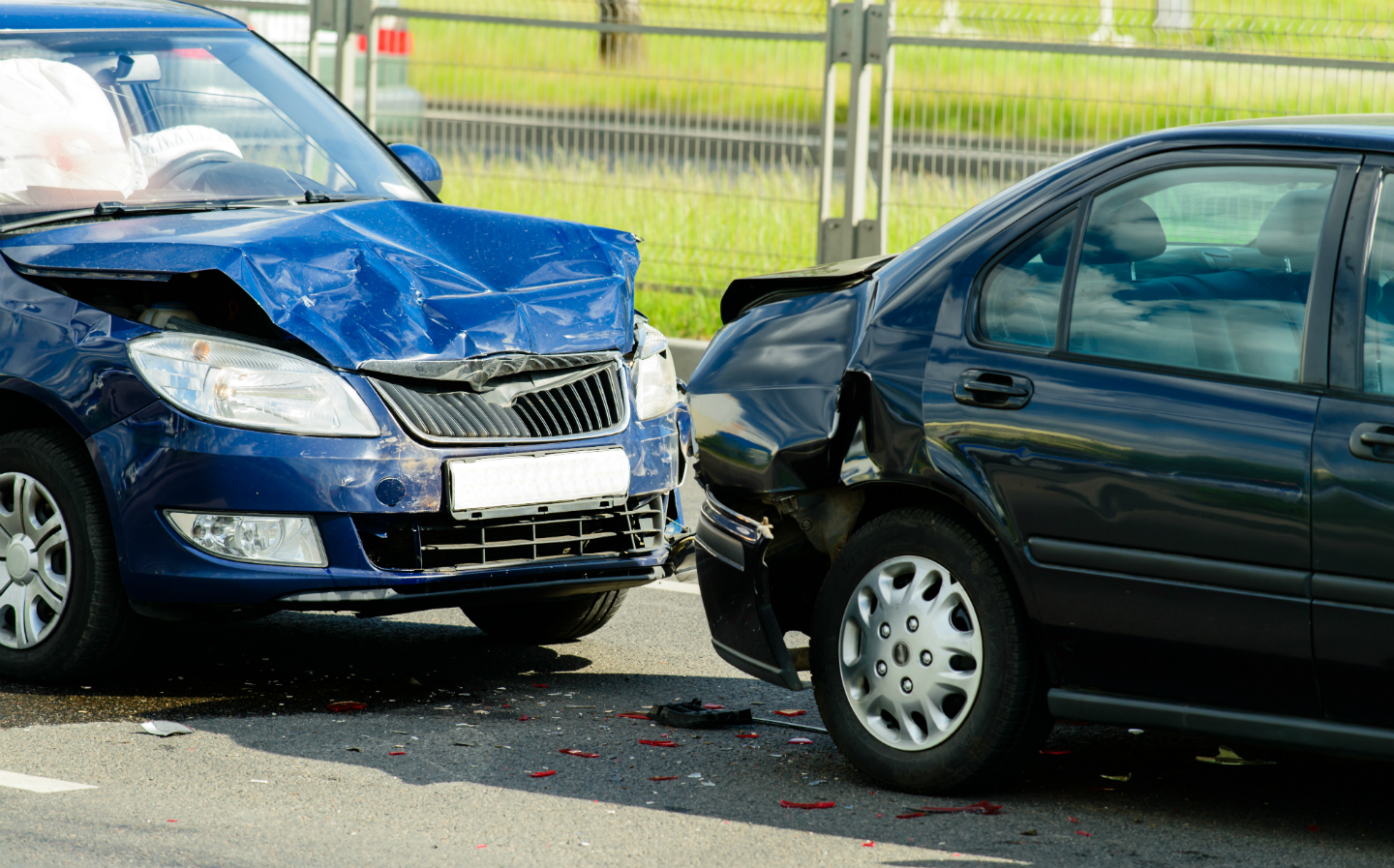Car insurance excesses are 25% higher than they were in 2012
One-in-three drivers don't check excess costs before picking their policy
MOTORISTS across Britain are being stung by compulsory insurance excesses that are rising well ahead of inflation, according to research by GoCompare.
According to its analysis of car insurance policies over the last seven years, the average amount paid by drivers in accident claims has risen by 26% over the last seven years, from £132 in 2012 to £166 in 2019.
This is despite the rate of inflation in the UK rising by 17.11% over the same time period, according to the Official Data Foundation’s inflation calculator. Had the average amount risen at the same rate, the £132 spent in 2012 would be £154.48 in 2019.
GoCompare’s analysis shows that although young drivers are perceived to be the most likely to have an accident (nearly one-in-five (17.69%) of all drivers involved in reported accidents last year were under the age of 25, according to the Department for Transport), under-25s experienced some of the smallest excess increases over time; rising by 5% for under-21s between 2012 and 2019, and just 4% for drivers aged 21-24.
However, young drivers are also subject to some of the highest average excess payments — motorists between 21 and 24 are coughing up £224 on average in compulsory excesses in 2019, and under-21s a whopping £348.
Over 25s with less than 12 months’ experience on the road are also seen as high risk by insurance companies, and are being hit with hefty excess increases. According to the price comparison website, drivers aged 25 or over who hadn’t held a full driving licence for a year were paying £176 in 2012 but are now forking out on average £199 — a rise of 13% in seven years.
Despite the rises in compulsory excess payments, GoCompare says many motorists still don’t fully understand their insurance policy’s excess amount. In a poll of 2,000 drivers, 6% revealed they didn’t think they’d have to pay the excess fee when claiming on their insurance, and more than half (54%) confessed they didn’t know how much their cover’s compulsory excess payment was.
The comparison website believes a large number of drivers could be inadvertently picking policies with excess costs they can’t afford. Thirty-five percent of drivers admitted they didn’t check the compulsory excess costs before choosing their cover, and 62% revealed they’d have to rely on savings or loans to cover their excess when making an insurance claim.
Lee Griffin, GoCompare’s chief executive, said: “Policy excesses are a hidden cost for drivers and they have gone up significantly in recent years. There’s also a massive difference in the cost of excesses between insurers. So, when arranging cover, it is essential you compare excess levels rather than just focusing on premiums. And in case the worst happens, check you can afford the excess you’re committing to.
“Some drivers agree to pay a higher amount towards the cost of a claim in return for a lower premium. However, if these drivers make a claim, their voluntary excess is added to the insurer’s compulsory excess – which can add up to a considerable sum.”
Tweet to @J_S_Allen Follow @J_S_Allen





